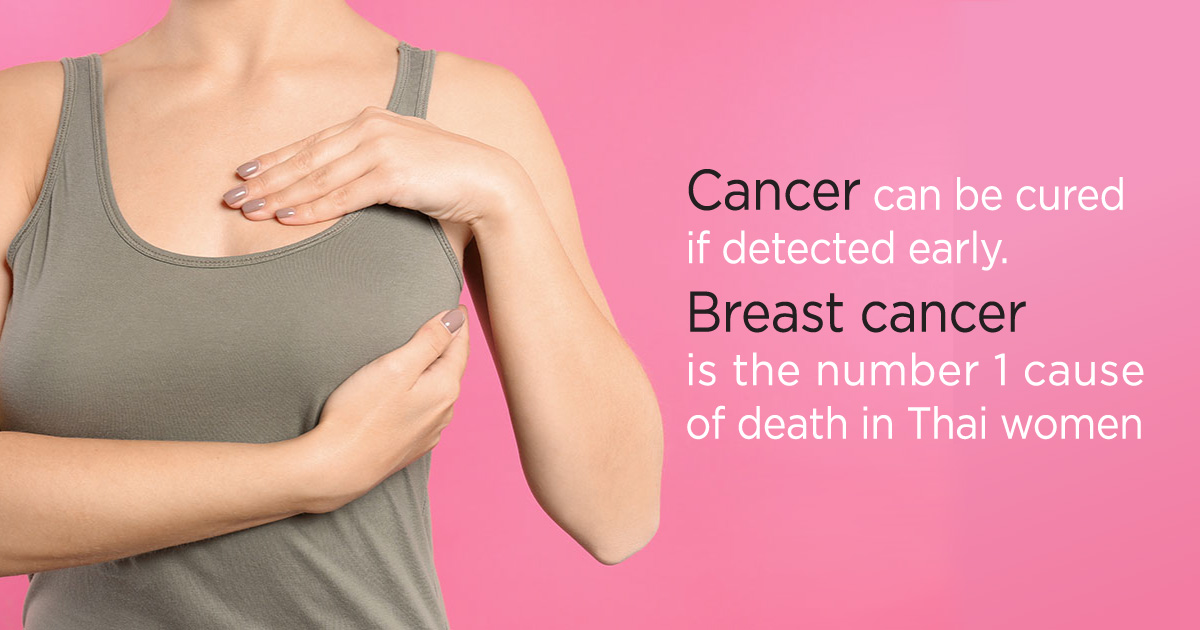
Breast cancer is the most common cause of cancer death in women. While for men, it is rather uncommon, but it still can be found. Approximately 90% of the breast cancer begins with cells in the milk-producing ducts (invasive ductal carcinoma). Finding breast cancer as early as possible gives you a better chance of successful treatment
Risk factors
- Age: Women who are older than 50 have an increased risk in having breast cancer.
- A personal history of breast cancer: If you have had breast cancer in one breast, you have an increased risk of developing cancer in the other breast.
- A personal history of ovarian cancer: Women who have had an ovarian cancer have an increased risk of breast cancer due to the need of hormone replacement therapy (HRT).
- A family history of breast cancer: If a member of your family was diagnosed with breast cancer, your risk of breast cancer is increased.
- Gene mutations: The most common gene mutations are referred to as BRCA1 and BRCA2. These genes can greatly increase your risk of breast cancer and other cancers. Inherited genes that increase cancer risk.
- Taking hormone: Women who take hormone therapy medications that contains estrogen for a long time have an increased risk of breast cancer; for example taking contraceptives over one year.
- Menstruation: Women who started their menstrual cycle at a young age have a slightly increased risk.
- Having never been pregnant: Women who have never been pregnant have a greater risk of breast cancer than do women who have had one or more pregnancies.
- Other factors: Obesity, lack of exercise, drinking alcohol and smoking.
Signs and Symptoms
Knowing how your breasts normally look and feel is an important part of breast health. However, knowing what to look for does not take the place of having regular mammograms and other screening tests. Screening tests can help find breast cancer in its early stages, before any symptoms appear. If you have the following signs, you should consult with your physician immediately:
- A lump in the breast or armpit,
- Inverted nipple,
- Bloody discharge from the nipple,
- Swollen lymph nodes in the neck or armpit,
- orange-peel texture or dimpling of the breast's skin (peau d'orange),
- a change in the size or shape of the breast or nipple, and
- Breast pain or sore nipple.
Diagnosis
Initial screening is one of the procedures to diagnose breast cancer in an early stage and will increase the chance of successful treatment. The initial screening can include the followings:
- Breast self-exam once a month if you are over 20 years of age.
- Women who are 35-40 years of age and older are advised to have a yearly diagnostic mammography (mammogram) and ultrasound breast.
- If an abnormal result is found, a biopsy or a surgery will be advised.
Treatments
- Surgery,
- Radiation therapy,
- Chemotherapy,
- Hormone therapy, or
- Targeted therapy: Works by targeting the cancer’s specific genes, proteins, or the tissue environment that contributes to cancer growth and survival.



